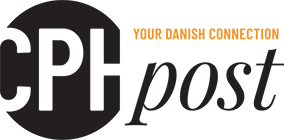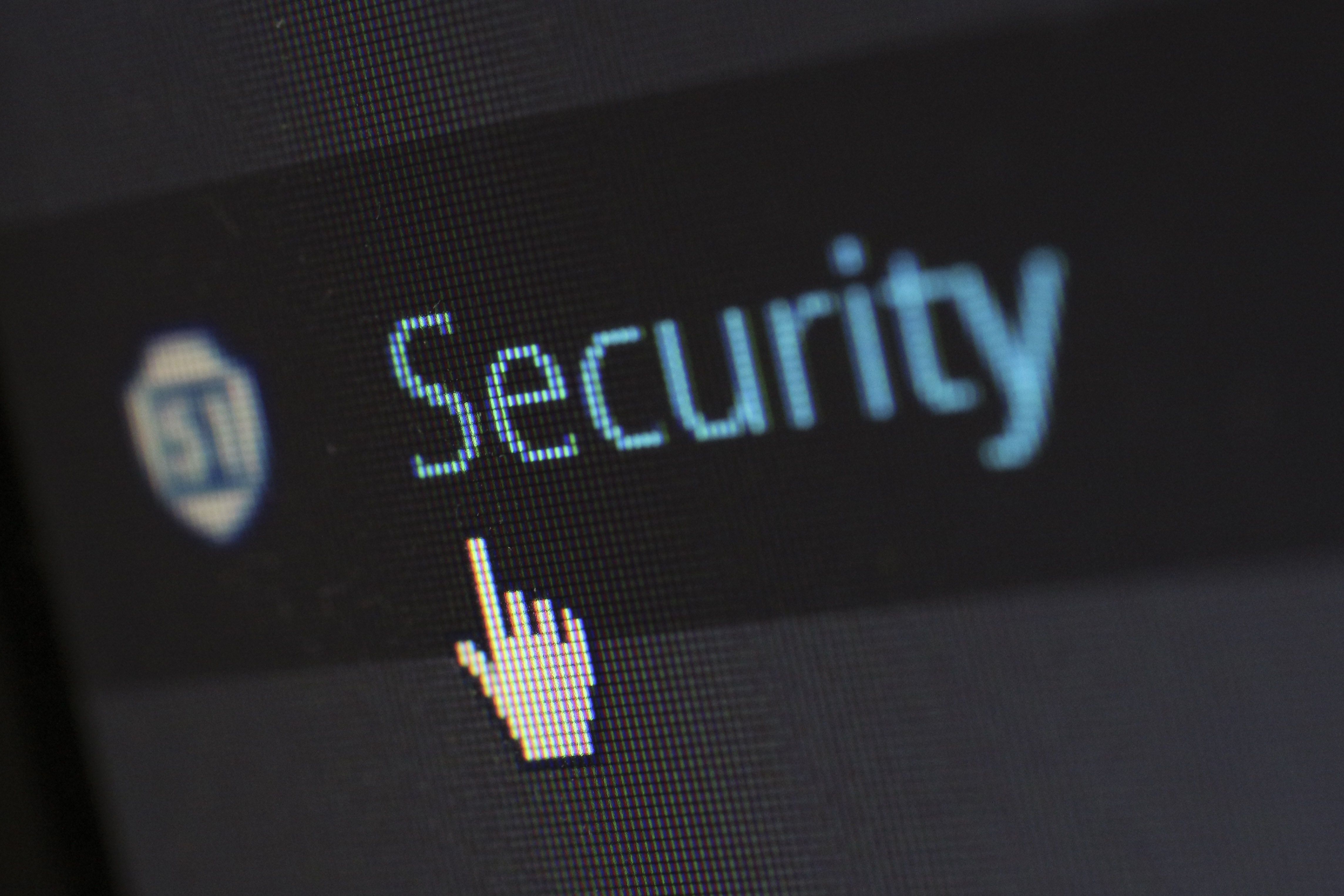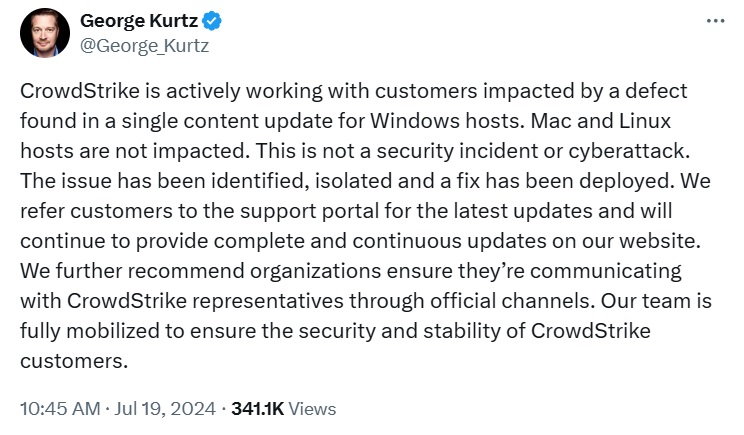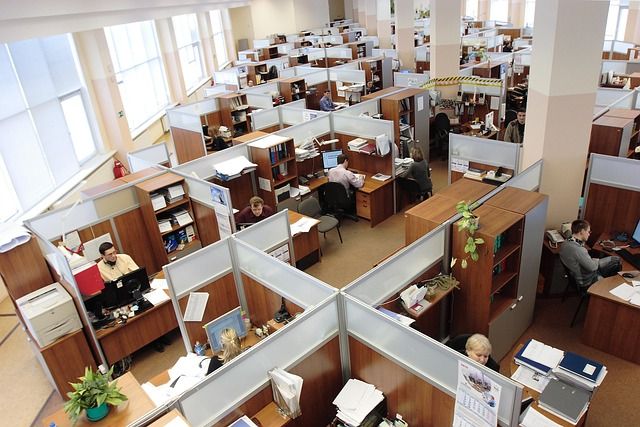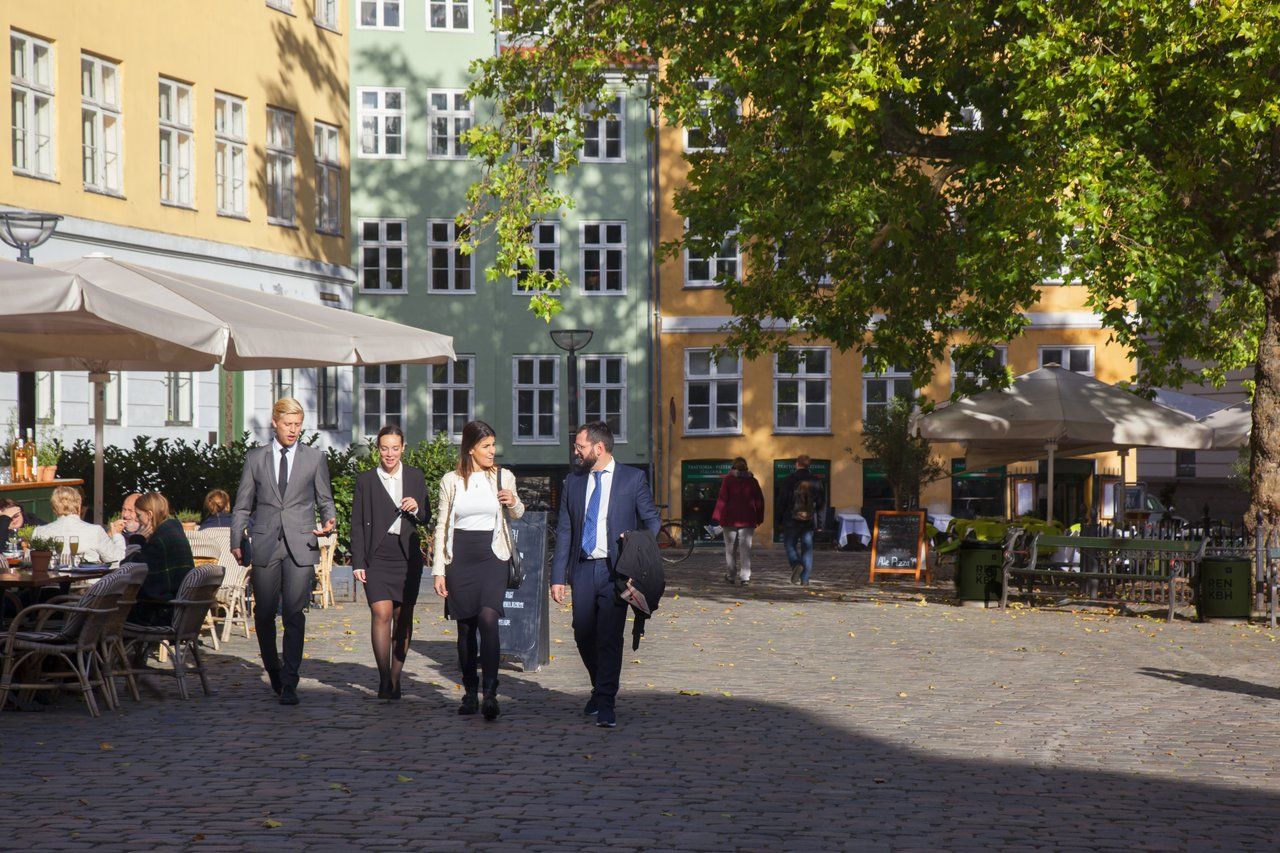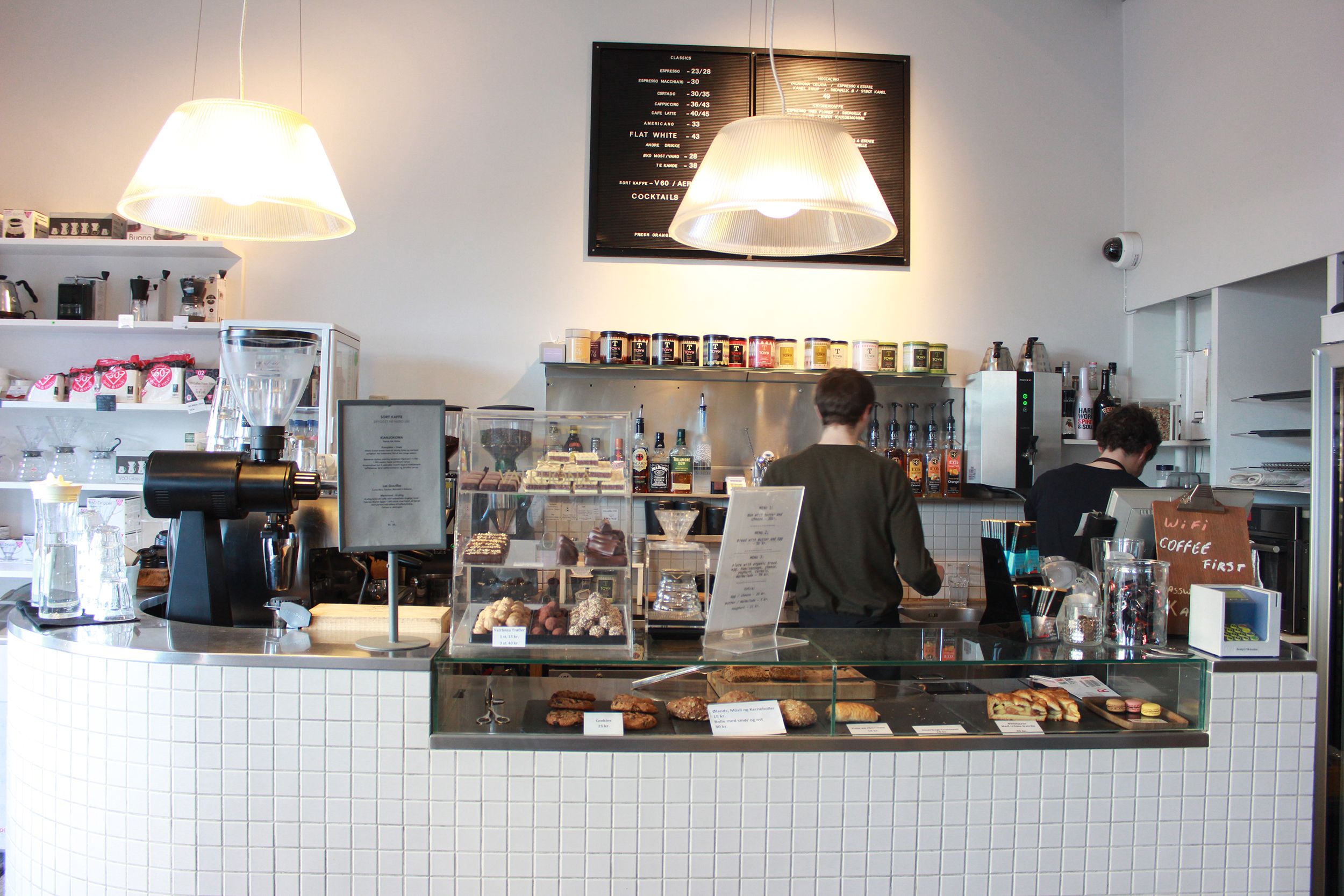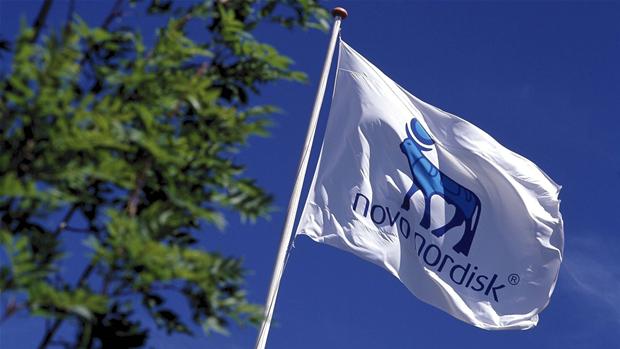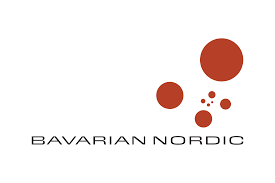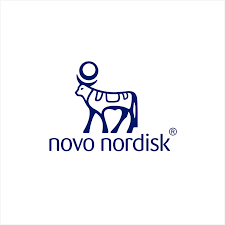It’s turning out that the 2009 climate conference is being remembered more for the way the cops treated protesters than any accomplishments the summit may have achieved. With the police on edge about possible disruptions to the biggest event ever held in the city, residents and visitors alike witnessed demonstrations broken up with heavy-handed tactics normally reserved for rock-throwing anarchists. Unfortunately, it was often ordinary people – including grandparents, nuns and Hare Krishna followers – who got caught up in the police’s pre-emptive strikes.
Given the heightened tensions during those heady December days, and the need to protect high-level officials in the city at the time, the police may just have been justified in their actions – including the detention of a man whose name corresponded to that of a suspected terrorist. It could also be that the 13 hours of detention were justified. But given the lack of co-operation by the police department as a whole and the refusal of the individual officers involved to come forward, we can only assume that the man was mistreated.
Proving this assumption beyond a reasonable doubt, however, would require being able to speak with the officers involved, as well as their superiors. That’s not likely to happen in this instance, but it is possible to prevent it from happening again by making it possible to identify an individual officer. Concern that officers could be subject to reprisals is valid and should be taken seriously, yet so should people’s ability to easily confront an officer they feel acted inappropriately.
A clear identification system must also be in the interest of cops as well, since (provided they had done nothing wrong) it could serve to remove suspicion about them as an individual and the police force as a whole, should the individual officer happen to be ‘unidentifiable’.
In the case that an officer did something wrong, ID symbols would speed up an investigation and see offending officers dealt with appropriately, as well as perhaps allowing them to give an account of the sequence of events as seen through their visors. Maybe they were provoked. Maybe they feared for their safety. Or maybe they were acting on the orders of a superior (which actually did occur in one of the most violent police actions during the conference.) In such instances, requiring officers to explain their actions would give them the chance to finger the person who is truly responsible.
Officers will bemoan the introduction of a system that makes it easy to identify them, since it takes away their ability to get off the hook by blending into a crowd. But for police departments, it will only serve as a reminder to everyone that they are there to protect the people – not themselves.
